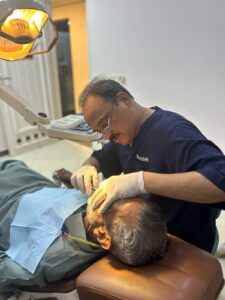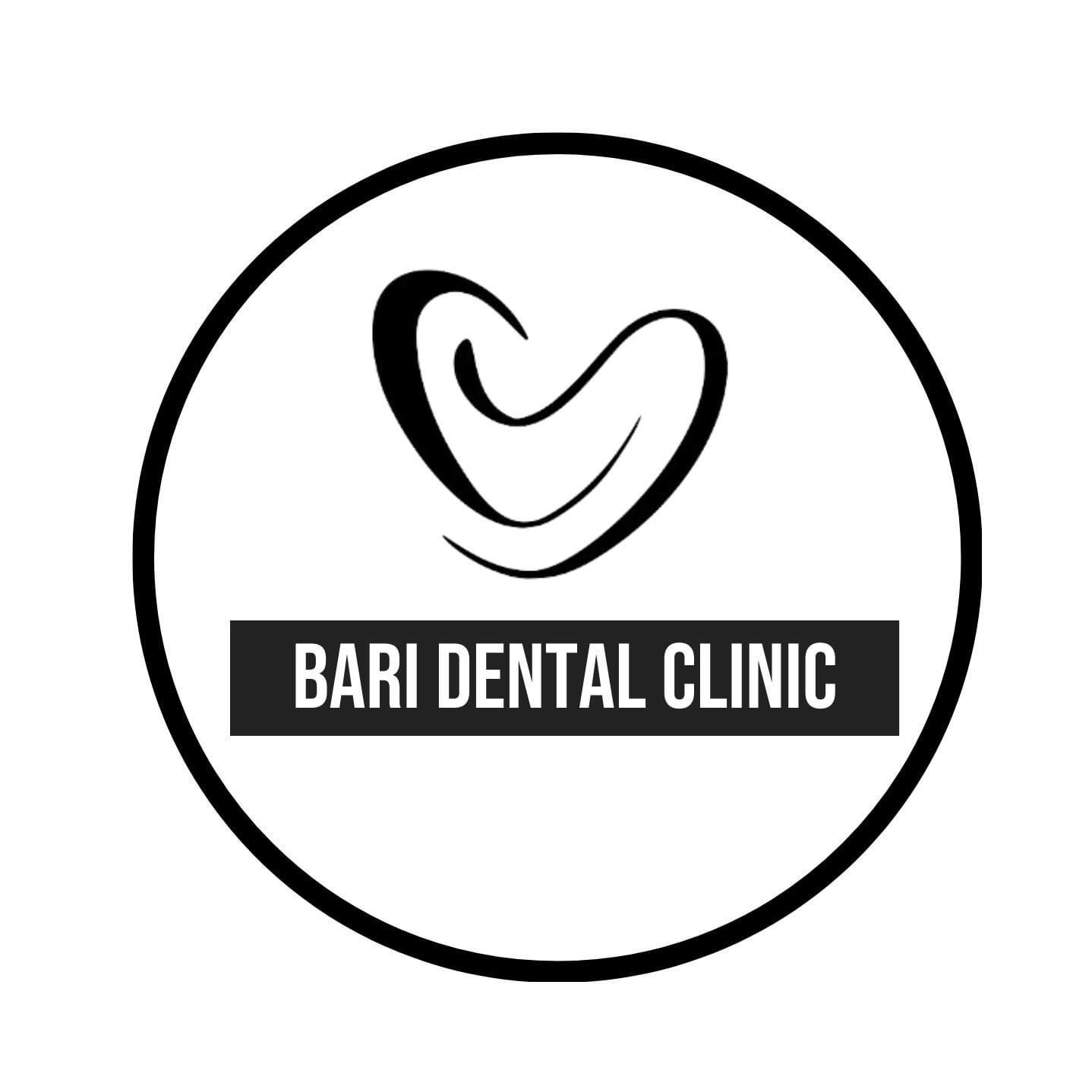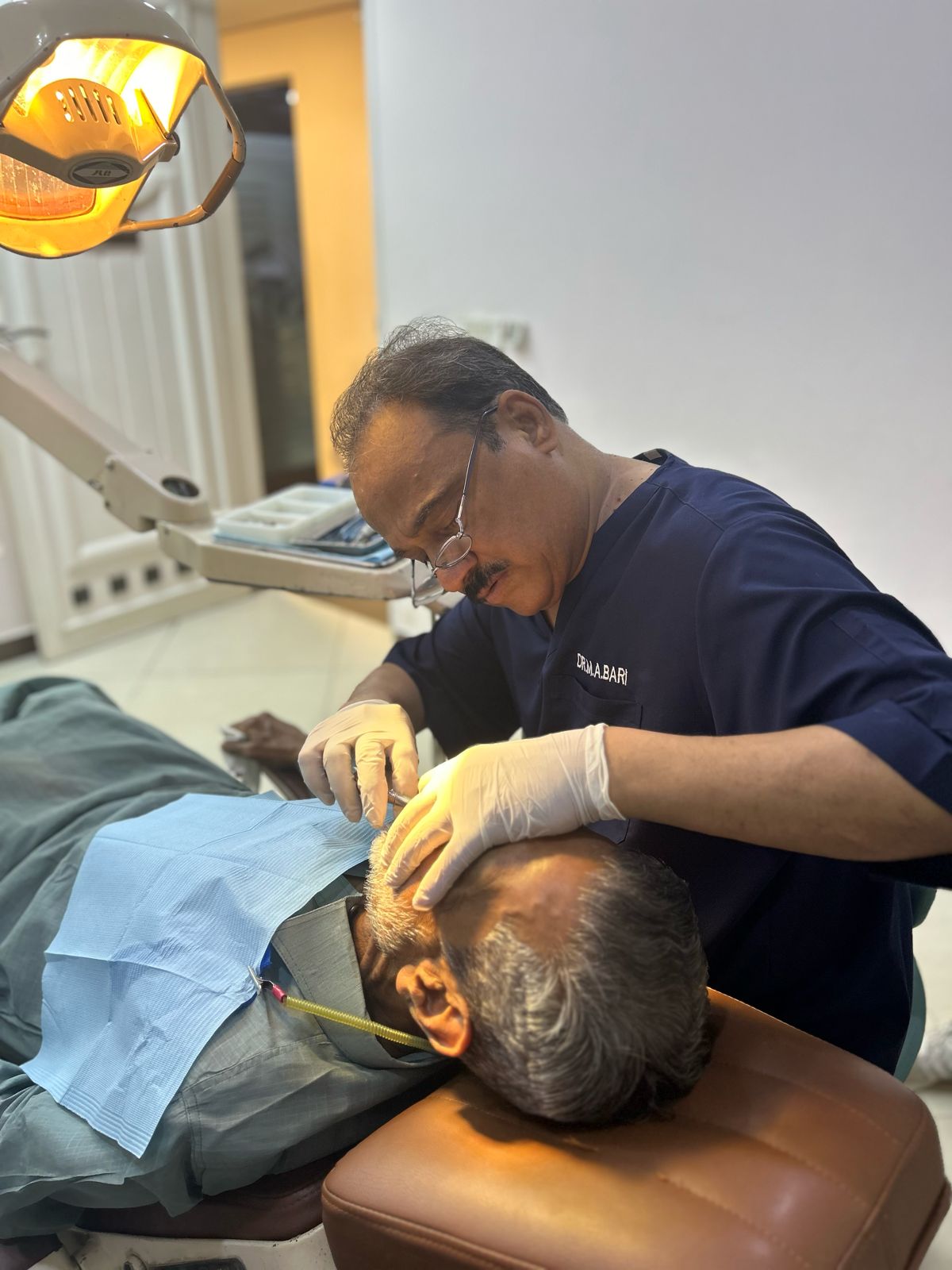RCT: Understanding Root Canal Treatment and Its Benefits
Root Canal Treatment (RCT) is a dental procedure that can save a tooth affected by severe decay or infection, preventing the need for extraction. RCT, which stands for Root Canal Treatment, offers a solution that restores both function and appearance to damaged teeth. This blog explores why RCT is so essential, detailing the benefits, process, and necessary aftercare involved in Root Canal Treatment.
What is RCT?
Root Canal Treatment (RCT) involves treating the innermost part of the tooth, known as the pulp. The pulp houses nerves, blood vessels, and connective tissues, which can become inflamed due to decay, repeated procedures, or trauma. When left untreated, infected pulp can lead to abscesses or tooth loss. RCT addresses this issue by removing infected tissue, cleaning the canal, and sealing the tooth to prevent further problems.
Why Root Canal Treatment is Important
Patients experiencing intense toothache, prolonged sensitivity, or swelling around the affected area may require Root Canal Treatment. Without it, these issues can worsen and increase health risks. RCT helps preserve the tooth structure, maintaining your natural bite and smile and reducing the need for costly procedures like dental implants. Additionally, RCT stops infection from spreading to surrounding teeth, which can otherwise cause further oral health issues.
Step-by-Step Process of Root Canal Treatment (RCT)
The Root Canal Treatment procedure follows specific steps to restore the tooth:
- Diagnosis and Preparation: The dentist examines the tooth, taking X-rays to assess the infection. Local anesthesia ensures a pain-free experience.
- Cleaning the Canal: An opening in the tooth allows the dentist to reach the infected pulp. Specialized tools remove infected tissue, cleaning the canal thoroughly.
- Filling the Canal: The dentist fills the cleaned canal with a biocompatible material, usually gutta-percha, to seal out bacteria and prevent reinfection.
- Sealing the Tooth: A temporary or permanent filling seals the tooth, and a crown is often placed to strengthen and protect the tooth.
This careful RCT approach ensures the removal of infection while preserving the tooth’s structure and functionality.

Essential Aftercare for Successful RCT
Proper aftercare is crucial to the success of Root Canal Treatment. After treatment, patients should avoid chewing on the treated tooth until a permanent crown is placed. Good oral hygiene, including brushing and flossing, prevents future infections, while regular dental check-ups allow the dentist to monitor the tooth. With proper care, a tooth treated with RCT can last a lifetime, maintaining your smile’s health and strength.
Addressing Common Misconceptions About RCT
Many fear Root Canal Treatment due to misconceptions about pain. However, modern dental advancements have made RCT a pain-free experience. Local anesthesia and improved methods mean most patients feel little discomfort during or after the procedure. In reality, RCT is often the most effective option for relieving intense tooth pain and safeguarding against future dental issues. Opting for RCT over tooth extraction also helps to preserve your natural teeth, which is better for both oral health and appearance.
Choosing a Skilled Dentist for Root Canal Treatment (RCT)
Selecting an experienced dentist for Root Canal Treatment is key to achieving the best results. A skilled dentist will perform each step with precision, minimizing complications and maximizing the likelihood of successful treatment. Investing in quality dental care for RCT can prevent the need for more invasive procedures later. Consulting a qualified professional is the best way to determine if RCT is right for you.
Final Thoughts on Root Canal Treatment
Root Canal Treatment is a highly effective method of saving teeth affected by decay or infection. By addressing the root cause of the problem, RCT restores functionality and prevents future complications. Choosing a skilled dentist ensures a safe, reliable experience, preserving your natural smile and promoting long-term oral health. If you’re experiencing symptoms of tooth infection, scheduling an appointment with a reputable dental clinic can help you receive the best care possible. With RCT, you can enjoy a healthy smile without the need for invasive extraction.
For further information on Root Canal Treatment, consult this American Dental Association guide on root canals that provides additional insights on how RCT preserves dental health and functionality.

